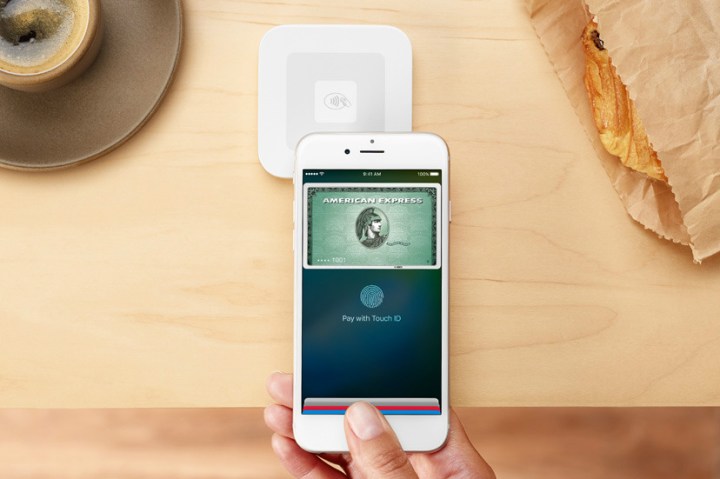
The long-term partnership will see the NFC Forum and APTA work to “jointly educate the industry” on NFC technologies as they relate to public transportation. Specifically, the organizations will together produce training courses and fund white papers, analyses of case studies, and research on the subject. APTA will in addition participate in the
APTA is clearly bullish on NFC. “
That’s a good thing, because the United States lags far behind other countries in implementing contactless options for public transport. According to London government transit authority Transport for London, the London Underground and train stations in the U.K. handled 11.8 million contactless transactions alone last month. And of the world’s 10 busiest metro systems, only New York and Mexico City have yet to support NFC-enabled fare cards.
That’s not to say the situation isn’t improving. In San Francisco, both the city’s BART subway system and more than 30,800 parking meters support NFC ticketing. In 2014, Washington pledged $184 million to upgrade its transit system to accept
And Apple’s doing its part to spur adoption. Rumors persist that the company’s planning to expand access to the NFC chips found in the Apple Watch and newer iPhones to public transit apps.
“NFC technology has the power to transform public transport and the passenger experience,” said
Given the relative success of Apple Pay, that’s probably true. Apple’s mobile payments platform surpassed 1 million activations in the first 72 hours of its availability, and usage among first-time iPhone 6 and 6S owners grew to 16.6 percent last year according to market research group pymnts.com.
Editors' Recommendations
- What is NFC? How it works and what you can do with it
- Apple kicks off Watch OS 7 public beta
- Contactless payments will roll out to more public transportation systems in 2020


